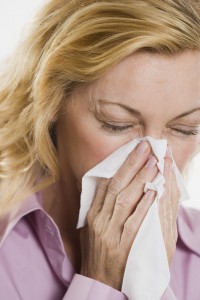
Natural Killer Cells, or NK Cells, could be considered the body’s elite fighting force. These cellular warriors form the body’s first line of defense when it is invaded by viruses or other harmful agents and when it detects aberrant cells such as cancer cells that appear as “foreign”.
Living up to their name, Natural Killer Cells attack and kill tumor cells and virus-bearing cells by bombing them with protein granules. That these attacks take place at the microscopic level makes them no less devastating. Bombarded by a fuselage of protein “bombs,” tumor cells disintegrate and die in a process known as apoptosis, or programmed cell death.
The body’s immune system is divided into two divisions:
• Innate responders, such as Natural Killer Cells, form the front lines of your immune system’s defensive force, providing immediate defense when cancer cells develop.
• Adaptive responders, which include T-cells (more about them next time), are your immune system’s occupying force, providing long-lasting protection and immunity from future attacks.
Natural Killer Cells evolve from lymphoid stem cells which originate in your bone marrow, as do all immune system cells. Lymphoid stem cells produce the lymphocytes that identify foreign invading organisms and “foreign” appearing cancer cells, so they can be targeted by the immune system. Administration of Issels Autologous Lymphocyte cancer vaccine may be included in individualized integrated immunotherapy programs to enhance immune system response and promote the activation of NK Cells.
Natural Killer Cells have been shown to eliminate solid tumors and metastatic cells circulating in the blood stream. A 2009 analysis of 129 cancer patients who underwent Issels Out-Patient Cancer Treatment at our Santa Barbara, California medical center showed an average 48% increase in absolute NK Cell levels after three weeks.





